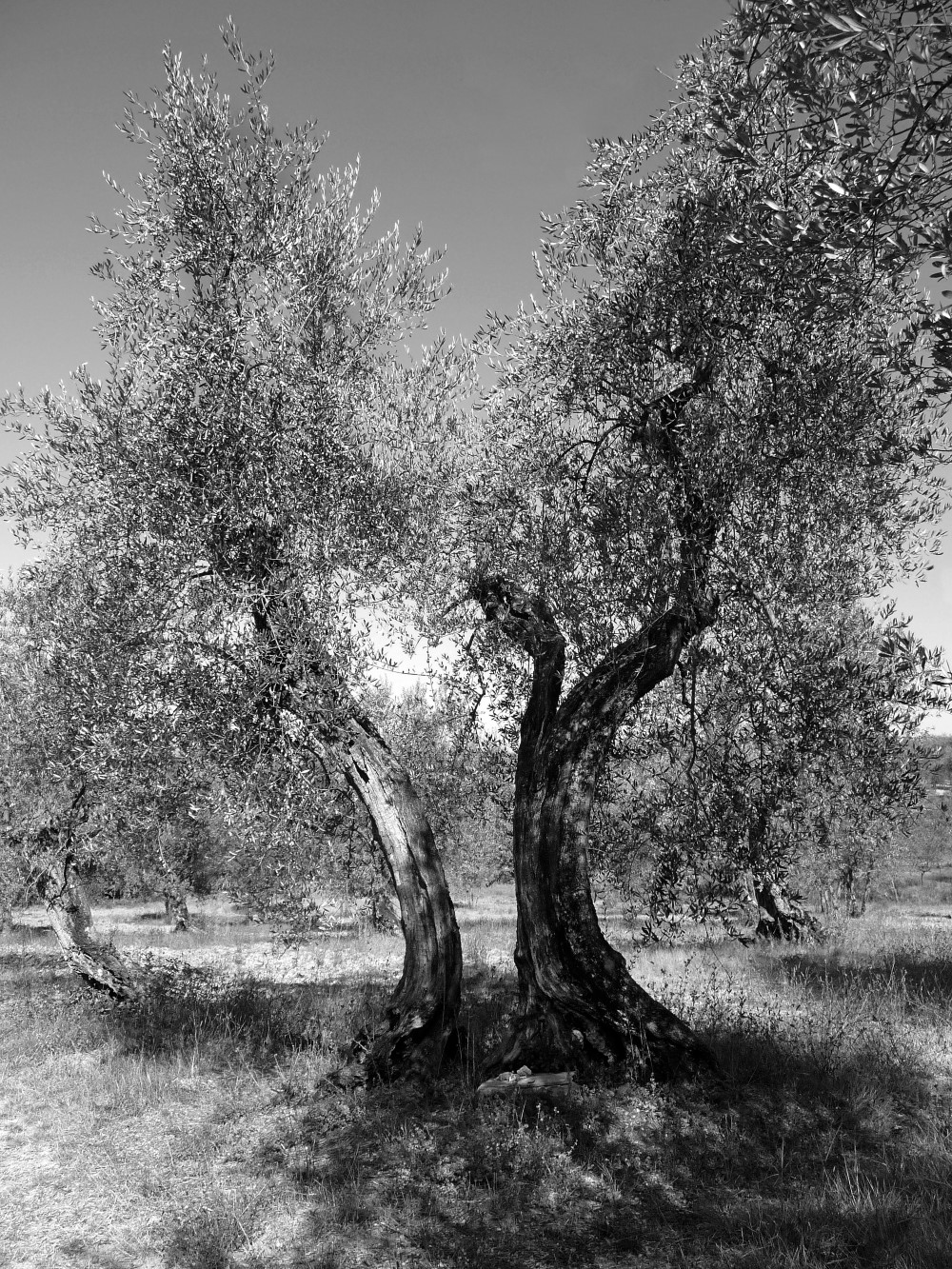A fine specimen of oak (Quercus cerris) stands near the high wall that protects the Monastero dello Spirito Santo delle Monache di Clausura Benedettine Vallombrosane (Monastery of the Holy Spirit of the Benedictine Vallombrosan Cloistered Nuns), who moved here from San Pietro a Varlungo in 1972.
The convent occupies the space of a former medieval noble farmhouse, also called Il Palagio a Baroncelli. The whole building, made from coursed rubble limestone with a central rectangular plan and two towers on the sides, originally belonged to the Passerini. The building, called “a grassy area with a tower”, was bought in 1299 by Amedeo Peruzzi. After the economic collapse suffered by the Peruzzi family, the ‘Palagio’ (Palace) passed to the Salviati and the Rinieri, their creditors. In 1462 it was sold to the wealthy merchant Amerigo Benci. In 1640 it would be acquired by the Marquises Corsini as a wedding gift from Angela dei Medici to her husband Andrea. The couple also built an oratory, of which now however remains no trace. The villa would remain amongst the properties of the Corsini family until 1864. In 1870 it belonged to the Turri family. The building, from the first half of the nineteenth century, was gradually reduced to a working home and at the moment of the restoration that would turn it into a convent it was a charming but dilapidated farmhouse.
The name ‘Passerine’ derives from the surname Passerini belonging to the family who first owned il Palagio. This explanation, by far the most likely, however, is not the only one; Torrigiani, in his writings (The Municipality of Bagno a Ripoli, vol. IV, 1902) reports different etymologies that we believe interesting to note, also for their possible links to myths or folktales.
“According to some, the name Passerine given to this Villa finds its etymology in the name of that species of Passere (Sparrows) which nests in holes, or in the roofs of buildings, which, because of their smallness, are popularly called Passerine (Little Sparrows), and also Passere Piccole (Small Sparrows), in order to distinguish them from royal and domestic sparrows, popularly called Passare grosse (Large sparrows); … And according to others, the name would have derived from the species of olive trees predominant in the cultivation of the adjoining farm, namely the long and narrow leafed Passerino olive tree, weather-resistant, and that …. annually yields fruit in bunches of 3 or 4, olives which, due to their smallness and the name of the plant, are named passerine olives. The name Podere delle Passerine (The Farm of the Passerine) came from these olives and was given to the farm, and the name Villa delle passerine was given to the main country house building joined to the farmhouse.”







